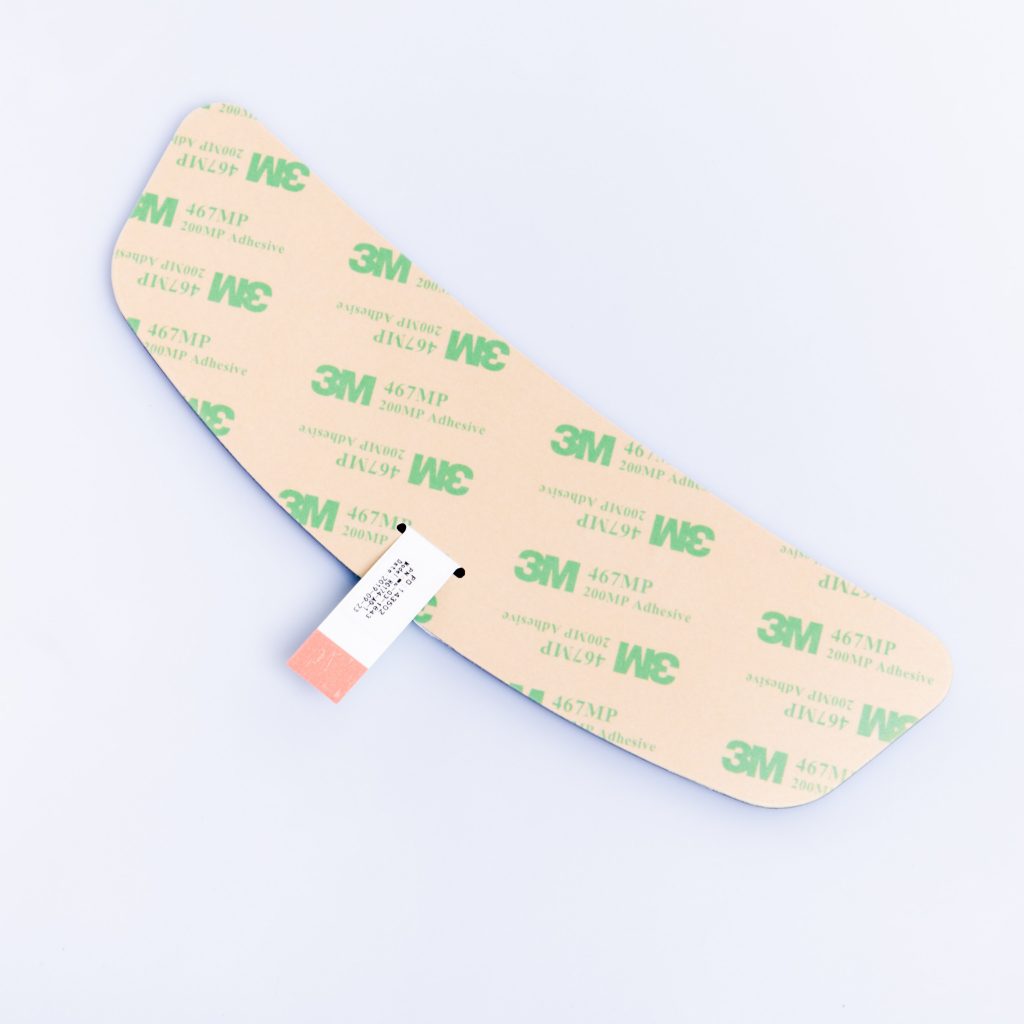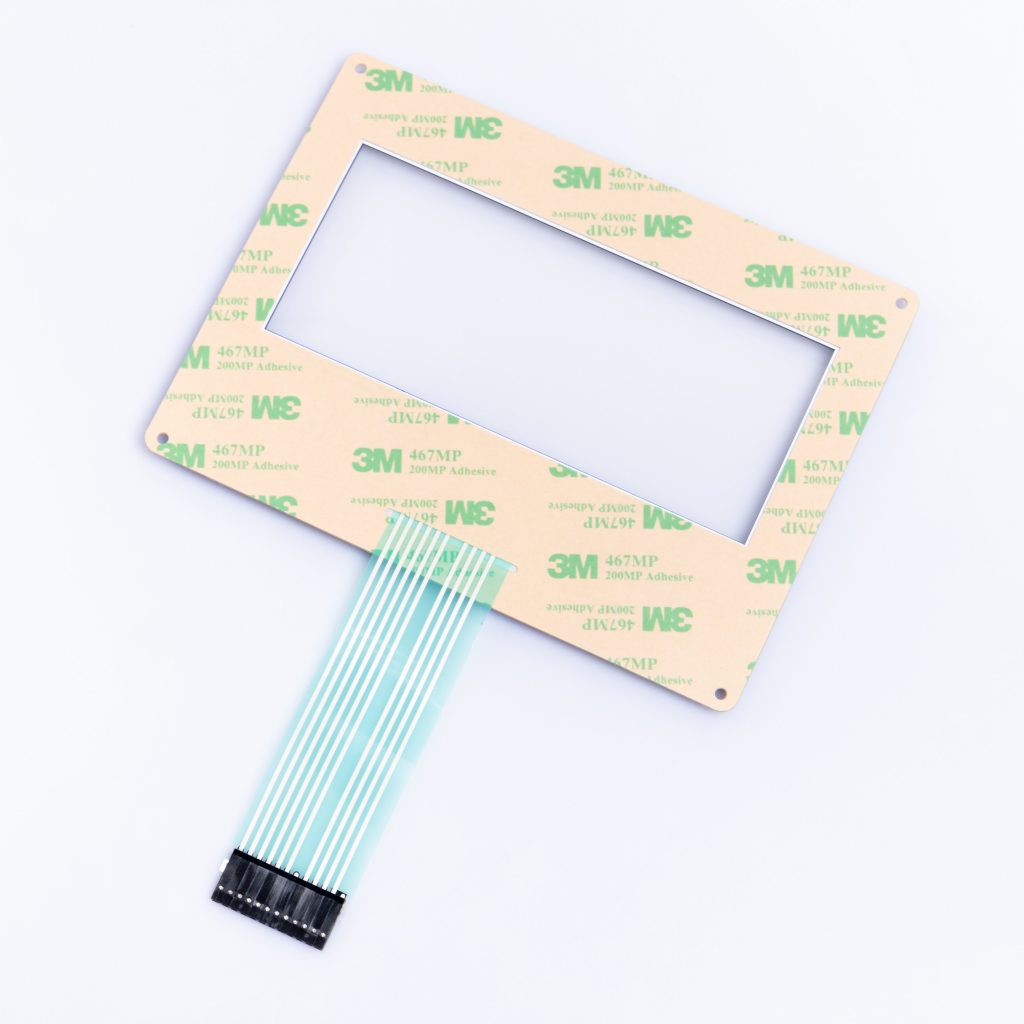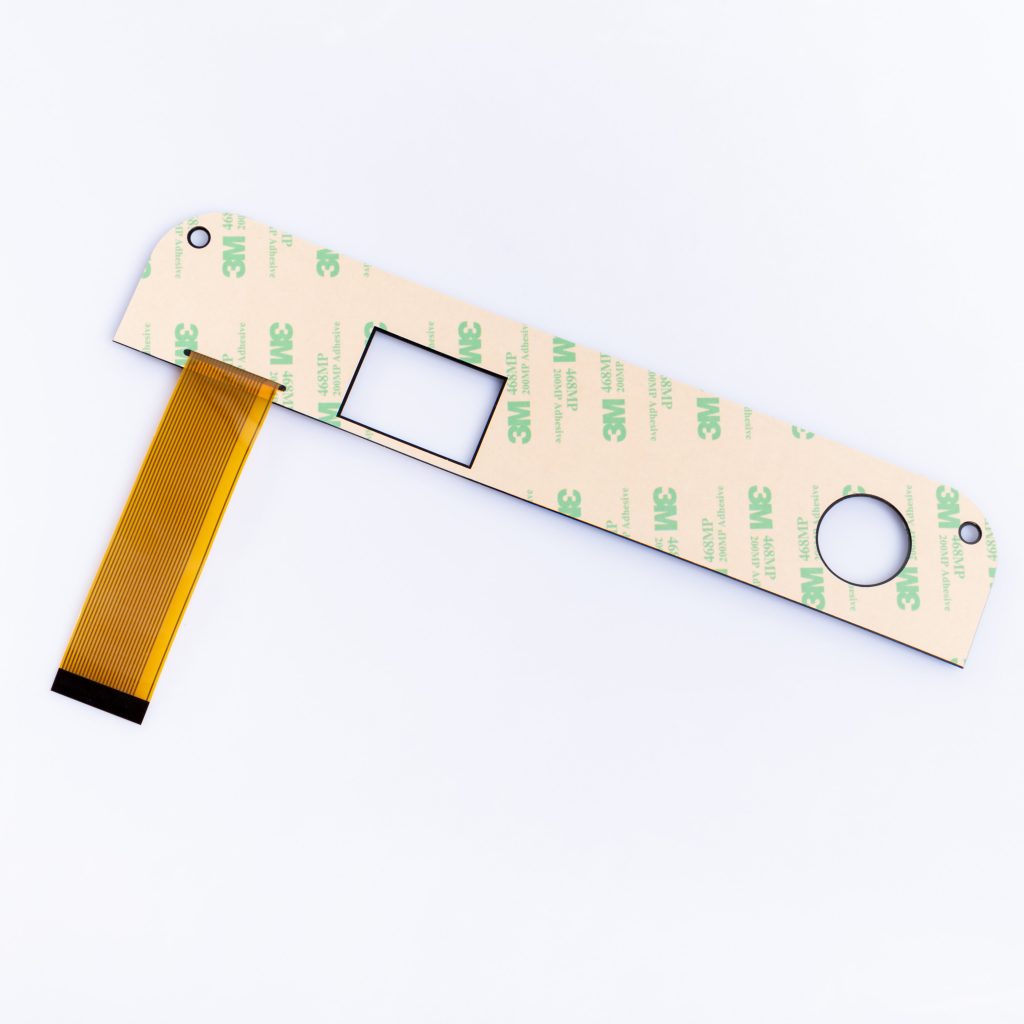Why do membrane switches have MP and LSE adhesives? What’s the difference between them?



-
I. Introduction
Membrane switches are integral components in various electronic devices, offering an interface between user and machine. Central to their function and durability is the choice of adhesive, which ensures the structural integrity and responsiveness of these switches.
-
II. Role of Adhesives in Membrane Switches
Adhesives in membrane switches are not just for bonding materials but also play a pivotal role in determining the switch’s performance and life expectancy.
-
III. 3M 100MP Adhesive
The 3M 100MP adhesive is renowned for its high initial tack and excellent adhesion to a broad range of substrates. This adhesive is vital in industries where strong, reliable bonding is essential, such as automotive, electronics, and aerospace.
-
IV. 3M 200MP Adhesive
3M’s 200MP adhesive steps up the performance, offering even greater adhesion and reliability. Its superior shear strength makes it ideal for applications demanding long-term bonding, like graphic attachments and nameplate labeling.
-
V. 3M LSE Adhesive
The 3M LSE adhesive is tailored for low-surface-energy materials, enabling strong adhesion on surfaces where standard adhesives falter. This includes plastics like polypropylene and polyethylene, as well as powder-coated paints.
-
VI. Comparison of 3M 100MP, 200MP, and LSE Adhesives
While 100MP offers high initial tack and good shear strength, 200MP advances these properties for more demanding applications. LSE adhesives, however, specialize in adhering to tricky surfaces. Each has its specific application based on material compatibility and environmental resilience.
-
VII. Selecting the Right Adhesive for Membrane Switches
Choosing the right adhesive involves considering the material of the switch, environmental conditions, and the required durability, along with cost-effectiveness.
-
VIII. Case Studies and Applications
Real-life applications of these adhesives demonstrate their effectiveness across various industries, highlighting their specialized uses.
-
IX. Future Trends in Membrane Switch Adhesives
The field of adhesive technology is constantly evolving, with new formulations enhancing performance and sustainability.
-
X. Conclusion
The choice of adhesive in membrane switches is a critical factor that determines their functionality and longevity. Understanding the differences between 3M 100MP, 200MP, and LSE adhesives is key to making an informed decision.
-
XI. FAQ Section
- How does the 100MP adhesive differ from the 200MP in practical applications?- The 200MP offers higher adhesion and performance, especially in demanding applications.
- What makes LSE adhesives unique for certain surfaces?- They are specially formulated for low-surface-energy materials, where other adhesives might not be effective.
- Can these adhesives be used interchangeably in different industries?- While there might be some overlap, each adhesive is best suited for specific applications and surfaces.
- How does environmental exposure affect the performance of these adhesives?- Adhesives are chosen based on their resistance to environmental factors like temperature, humidity, and chemical exposure.
- What are the latest advancements in adhesive technology for membrane switches?- Innovations are focusing on enhancing adhesion strength, environmental sustainability, and adaptability to a wider range of surfaces.
This comprehensive article sheds light on the critical role and distinct characteristics of 3M 100MP, 200MP, and LSE adhesives in membrane switches, guiding users in making informed decisions for their specific needs.
